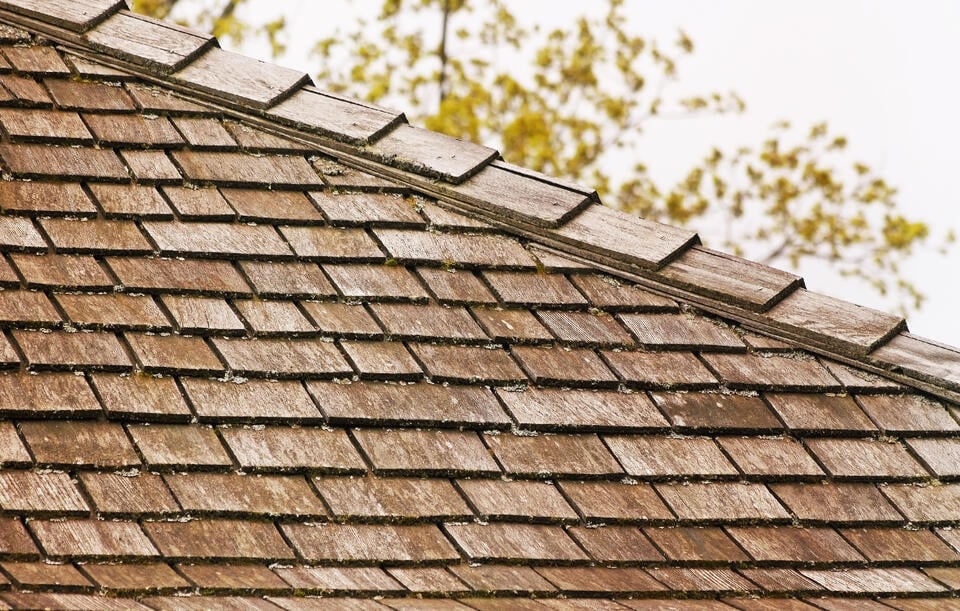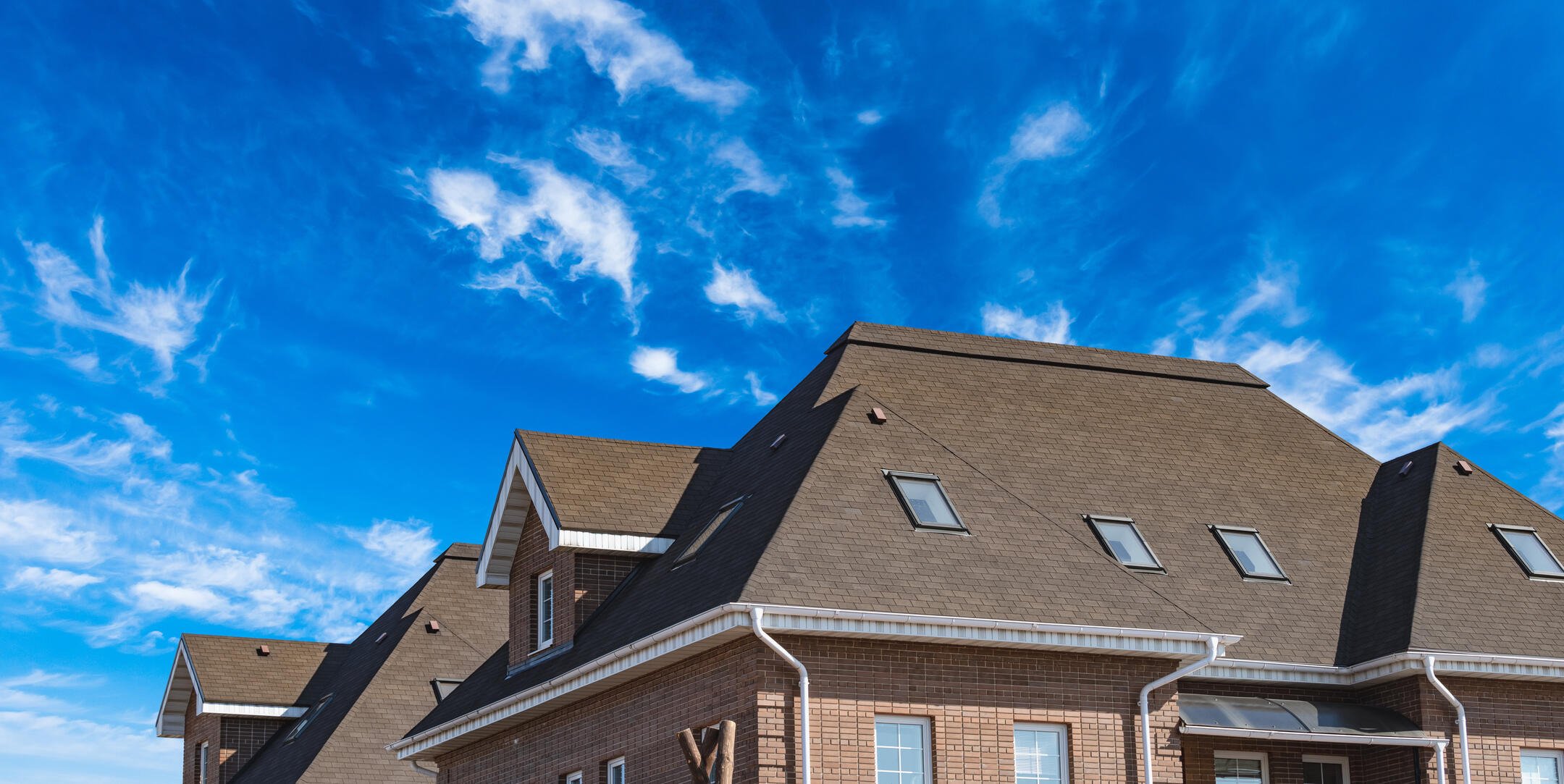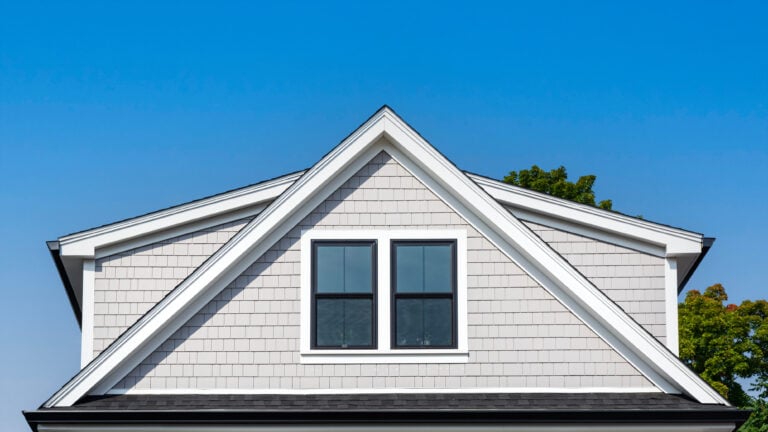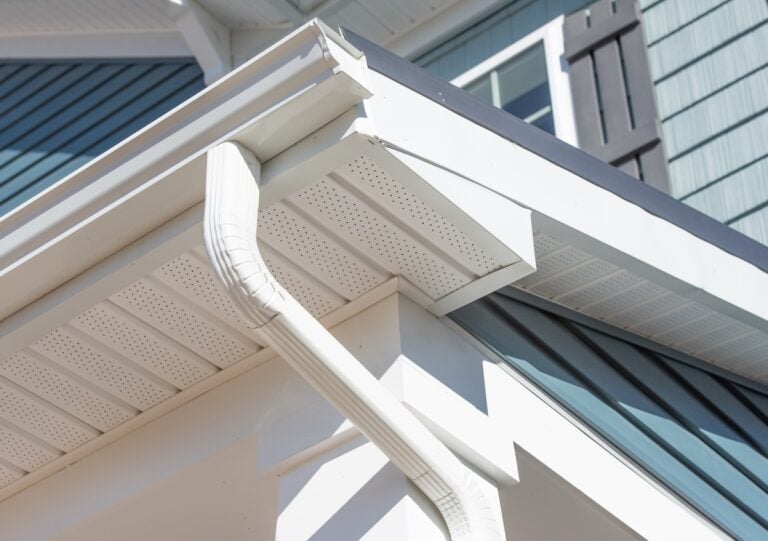Your roof is more than just shingles and a little tar. It’s a complex system designed to protect your home from the elements. Understanding the layers of a roof can seem daunting, but it’s crucial for any homeowner. Not only does it help you make informed decisions when repairs or replacements are needed, but it also ensures you’re getting the best quality and performance from your roof. In this guide, we will break down:
- The various layers of a roof and their functions
- The importance of each layer in protecting your home
🏠 Understanding the 8 Layers of a Roof

Understanding the 8 layers of a roof is crucial for ensuring proper insulation, protection from the elements, and longevity of the structure. This knowledge helps homeowners and builders make informed decisions regarding maintenance and repairs, ultimately safeguarding their investment.
1. Shingles and Tiles
The topmost layer of your roof consists of asphalt shingles or tiles. This is what you see from the street and often what most people think of when they consider their roof. Shingles, made from materials like asphalt, wood, or slate, are popular for their durability and aesthetic appeal. They protect the underlying layers from weather elements like rain, snow, and UV rays.
Tiles, often made from clay or concrete, are another common choice. They are known for their longevity and ability to withstand harsh weather conditions. Both shingles and tiles act as the first line of defense, shielding your home from external forces.
Choosing the right roofing material for this layer is crucial. The climate in your area, your budget, and the aesthetic you desire all play a role in determining the best option for your roof.
2. Underlayment
Beneath the shingles or tiles lies the underlayment, an essential component of the roofing system. This layer is typically made from felt or synthetic materials. It serves as a secondary barrier against moisture and provides additional protection in case the outer layer is damaged or compromised.
The underlayment helps prevent water from seeping into the roof deck, which could lead to leaks and structural damage. It also provides an extra layer of insulation, enhancing your home’s energy efficiency.
When considering roof repairs or replacements, ensure that the underlayment is of high quality. This layer is critical in maintaining the overall health and longevity of your roof.
3. Roof Decking

The roof decking, or sheathing, is the foundation layer of your roof. It’s typically made of plywood or OSB (oriented strand board) and acts as the structural base for all other layers. The decking spans the rafters, providing a solid platform for attaching the other components of the roofing system.
A strong and well-installed roof decking is vital for the integrity of your roof. If this layer is weakened or damaged, it can compromise the entire roofing structure, leading to costly repairs.
Regular inspections are essential to ensure the decking remains in good condition. Address any signs of rot or damage promptly to prevent further issues.
4. Flashing
Flashing is an often-overlooked component of the roofing system, but its role is critical in preventing water intrusion. Made from materials like aluminum or galvanized steel, flashing is installed around roof features like chimneys, skylights, and vents. It helps direct water away from these vulnerable areas, reducing the risk of leaks.
Properly installed flashing is essential for maintaining your roof’s watertight integrity. Ensure that it is inspected regularly and replaced if damaged or worn.
Ignoring flashing can lead to significant damage over time, so it’s crucial to address any issues as soon as they’re identified.
5. Drainage Layer
The drainage layer is not a distinct layer like the others but is still a crucial aspect of an effective roofing system. It involves the proper installation and maintenance of gutters and downspouts that direct water away from the roof and foundation of your home.
Ensuring that your roof has an adequate drainage system helps prevent water from pooling on the roof surface, which can lead to leaks and structural damage. Regular maintenance of gutters and downspouts is necessary to keep the drainage system functioning effectively.
By paying attention to the drainage layer, you can significantly extend the lifespan of your roof and protect your home from water damage.
6. Insulation

Insulation is an integral part of your roofing system, contributing to your home’s energy efficiency and comfort. It’s typically installed in the attic space, providing a barrier that helps regulate indoor temperatures by reducing heat transfer.
Proper insulation helps keep your home warm in the winter and cool in the summer, reducing energy consumption and lowering utility bills. It’s essential to ensure that the insulation is properly installed and maintained to achieve these benefits.
Evaluate your insulation regularly and upgrade it if necessary to maintain energy efficiency and comfort within your home.
7. Roof Vents
Roof vents are crucial for maintaining proper attic ventilation, preventing heat and moisture buildup that can damage the roof structure and insulation. These vents facilitate airflow, helping to regulate temperature and humidity levels in the attic space.
Proper ventilation extends the lifespan of your roof by reducing the risk of moisture-related issues like mold and rot. It’s essential to ensure that your roof has adequate ventilation, with a balance of intake and exhaust vents.
Regularly inspect and clean vents to ensure they function effectively and support the overall health of your roofing system.
8. Ridge Cap
The ridge cap is the finishing touch to your roofing system, installed at the peak where two roof slopes meet. It provides an additional layer of protection against water infiltration while enhancing the aesthetic appeal of your roof.
Properly installed ridge caps help ensure that your roof remains watertight and visually appealing. They are often made from materials that match the shingles or tiles, providing a cohesive look.
Regular inspections and maintenance of the ridge cap are necessary to address any damage or wear and ensure the roof remains secure.
🙌 Understanding Roof Layers for Home Longevity
Understanding the various layers of a roof—from shingles and tiles to the underlying components like underlayment, decking, flashing, and insulation—is crucial to maintaining the integrity and longevity of your home. Each element plays a critical role in weatherproofing, energy efficiency, and overall structural health. At Palladium Roofing, we take pride in our expert knowledge and craftsmanship in roofing solutions. Our team is committed to quality and reliability, ensuring your roof is built to withstand the test of time. With years of experience and a track record of satisfied customers, Palladium Roofing is your trusted partner for all roofing needs. Contact us today for a consultation and let us safeguard your home with the best roofing system tailored to your needs.





